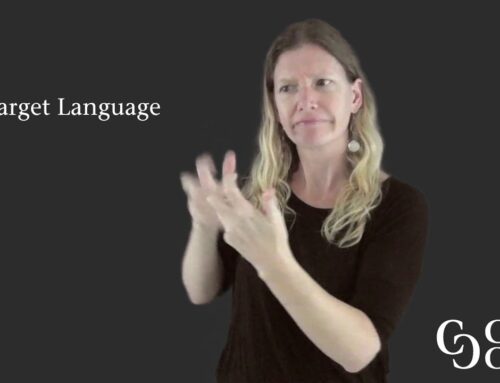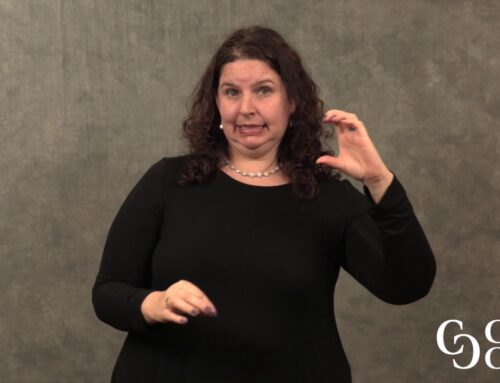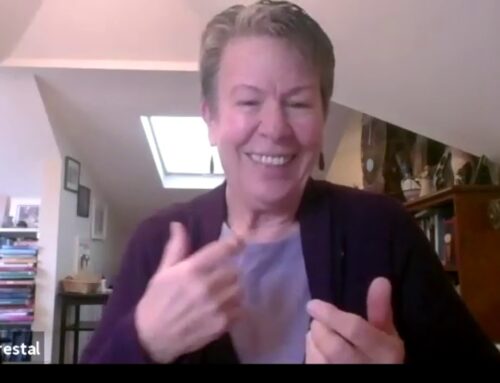 Developed by Mark Halley
Developed by Mark Halley
Competencies Addressed: Depiction in ASL
Time Required for Activity: 20 mins
Objective: To practice production of depiction when interpreting in ASL (specifically roleshift/constructed action & dialogue)
In this video, astrophysicist Neil deGrasse Tyson shares his ideas about how to help children become scientifically literate. In his short explanation, Dr. Tyson describes a number of ideas which may evoke rich visual scenes in your mind.
Prediction
You will watch a video in which Dr. Tyson shares his ideas about how to help children become scientifically literate. You may notice that Dr. Tyson uses a number of phrases that evoke rich visual scenes in your mind. Before watching the video, consider—in a general sense—how such mental scenes may allow for you to use depiction when using ASL
Re-Telling in ASL
Watch the video in its entirety. You may want to take notes or draw some images as you listen to help with your preparation. Once you have listened to the entire text, video yourself re-telling the information in ASL. Imagine your Deaf friend asked you what the video was about, and you are providing them with a summary. Try to focus on producing depiction as clearly and as richly as you can.
Check Your Work
Watch your own re-telling. Did you produce depiction? When? Why?
Below you will see a list of some of the possible constructions of depiction you might have used when interpreting the video. Of course, no two people will interpret a text in the same way. You might have used some examples from this list, and you might have used others not included in the list. There are no right or wrong answers on when to use depiction when interpreting. However, you have probably noticed that native signers tend to use depiction very frequently. As interpreters, we should always strive to sign in a way that is as natural as possible.
| English source text | Possible ASL depiction |
| “I’m often asked by parents…” | Constructed dialogue depicting parents approaching someone and asking questions |
| “Kids are born curious…” | Constructed action depicting a wide-eyed and curious child |
| “You’re overturning rocks…” | Constructed action depicting a child overturning rocks and examining them |
| “Don’t pluck the petals off the flowers…” | Constructed dialogue of an adult looking down upon children and scolding them |
| “Don’t play with the egg. It might break…” | Classifiers depicting an egg breaking and causing a mess |
| “Everything is a don’t…” | Constructed dialogue depicting an adult repeatedly saying ‘don’t!’ to a child |
| “I had a pair of binoculars, and I looked up to the moon…” | Constructed action depicting a child picking up a pair of binoculars and looking toward the moon |
| “There were mountains and valleys and craters and shadows…” | Classifiers depicting various rock formations on the surface of the moon |
Reflect and Re-Tell
- Did you produce any instances of depiction from the list above?
- When else else did you use depiction?
- Did you struggle to depict anything? For example, you might have found it challenging to depict the various rock formations on the surface of the moon.
Experiment with any instances of depiction that you are struggling with until you feel comfortable producing them. If you are still challenged by a particular concept, consider asking a native signer for feedback or advice. Finally, re-tell the information once more after having practiced producing various types of depiction. Notice how your improved fluency in ASL depiction improves your overall use of ASL.




